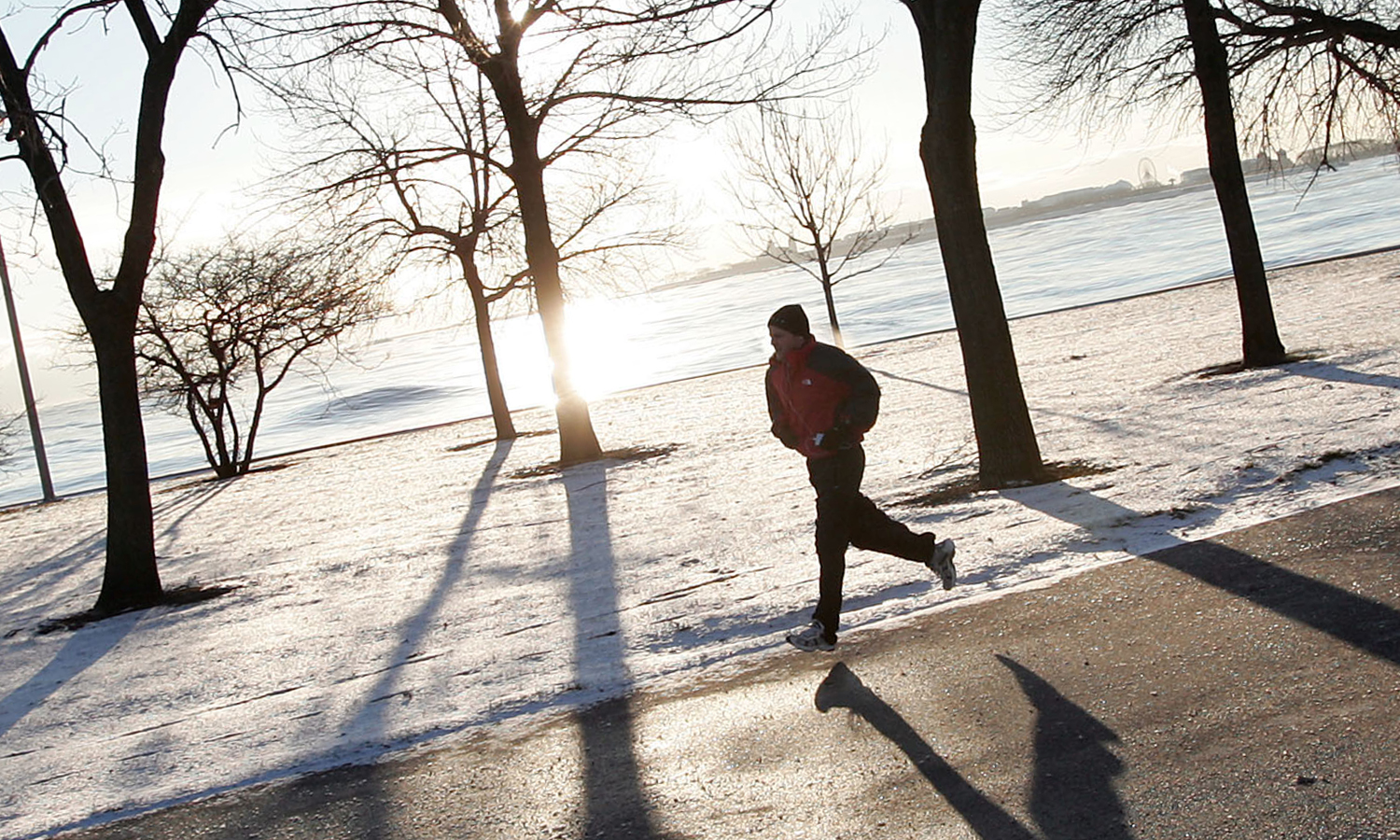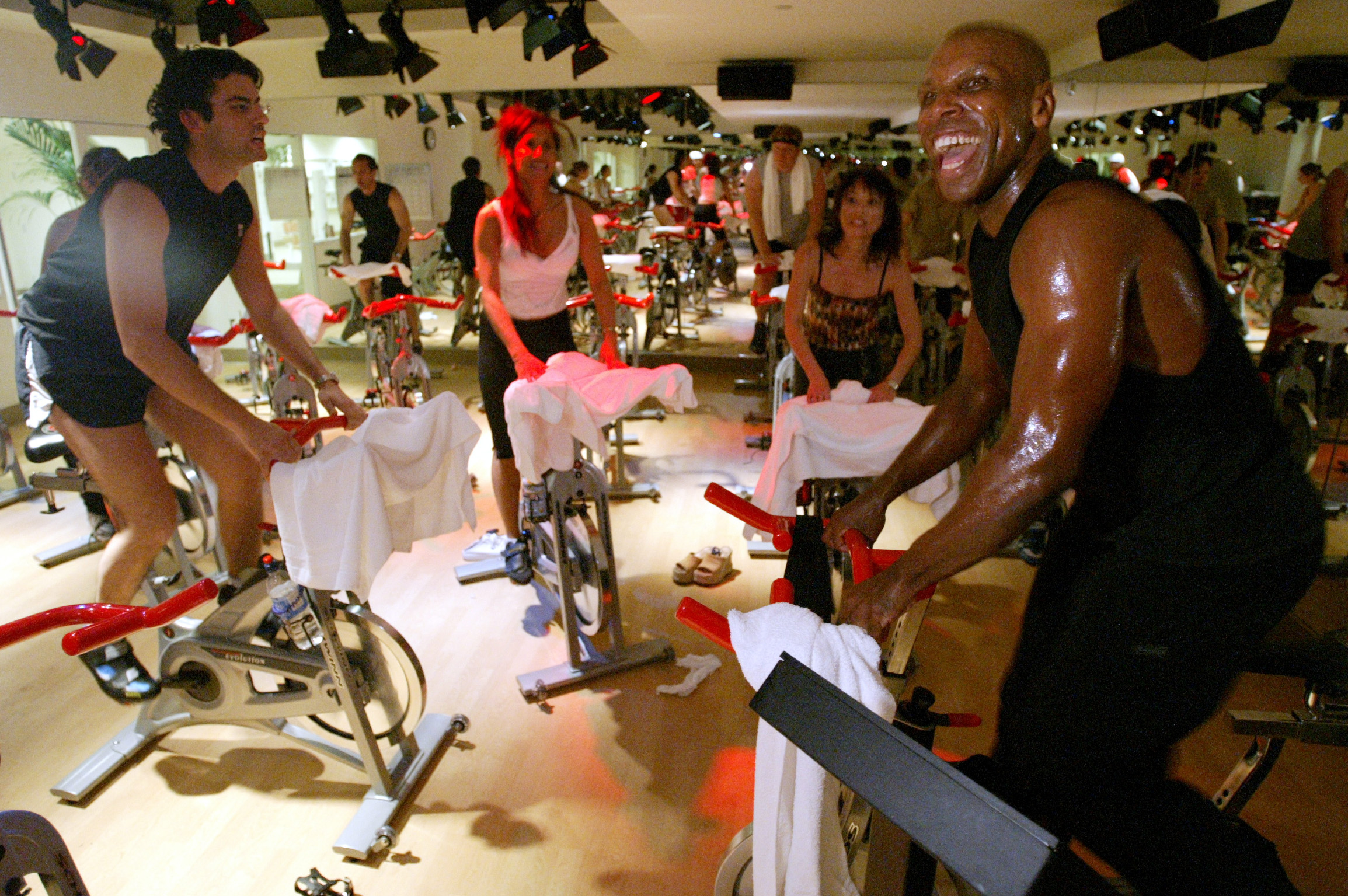Just a few short bursts of physical activity each day might yield huge health benefits

- Researchers tracked 25,241 non-exercisers who were wearing accelerometers, exploring whether brief daily bursts of physical activity were linked to a lower risk of dying.
- Participants who conducted three of these vigorous physical activity sessions per day, each lasting just one or two minutes, showed a roughly 40% reduction in all-cause and cancer mortality and nearly a 50% reduction in cardiovascular disease mortality compared to people who didn’t do them at all.
- While the findings are likely not as impressive as reported for the average person, adding brief bursts of activity into your daily life can’t really hurt, and it might just lower your risk of death.
You might not think that a two-minute bout of speed-walking to make your flight on time or climbing four flights of stairs in the parking garage actually boosts your health, but according to a new study, brief bursts of physical activity like these are linked to large reductions in the risk of dying.
The international team of scientists behind the new research, which is published in Nature Medicine, termed these active bouts “vigorous intermittent lifestyle physical activity” (VILPA). Using data on 25,241 people from the UK Biobank who reported not exercising or playing sports in their leisure time, the researchers sought to see if VILPA was associated with changes in all-cause mortality or mortality due to cardiovascular disease and cancer in these non-exercisers.
Running for your life
Asking participants to estimate their vigorous physical activity bouts would be problematic at best — how would they remember or properly characterize stair climbing, furniture moving, or snow-shoveling as VILPA? Luckily, all 25,241 subjects were wearing accelerometers, so the researchers could see these active sessions clearly reflected in the data.
Following the participants for an average of 6.9 years, the researchers found that participants who experienced an average of three of these vigorous physical activity sessions per day, each lasting just one or two minutes, showed a nearly 40% reduction in all-cause and cancer mortality and a roughly 50% reduction in cardiovascular disease mortality compared to people who didn’t do them at all. Conducting more of these physical activity bursts each day was linked to a further decrease in risk, though the benefits tapered off as the total daily duration of the bouts increased passed 12 minutes or so.
“Individuals who find structured exercise unappealing or infeasible may consider exploring opportunities to introduce brief but regular bouts of vigorous physical activity into their daily routines,” the researchers commented.
The use of accelerometers to measure physical activity was a particular strength of the study. The alternative — self-reported data — is easily biased by poor memory.
Is it really true?
However, the work does merit some skepticism. While the effect the researchers reported is likely real, it may not be as astounding as reported for the average person. Remember, the mortality reduction is in comparison to people who are almost entirely inactive, so it’s very possible that they may have had unreported underlying health issues.
The researchers say they controlled for a host of confounding variables, including age, smoking, alcohol, sleep duration, fruit and vegetable consumption, parental history of cardiovascular disease and cancer, and medication use. However, they cannot rule out reverse causation — that is, perhaps people who are already healthy are likelier to have bouts of intense exercise. In other words, the arrow of causation could point the other way.
Still, the findings do line up with more controlled trials of high-intensity intermittent physical activity, in which people vigorously exercise for very brief bursts with short rests in between, for as little as 10 to 15 minutes in a daily session. This sort of exercise can achieve the same benefits of much longer duration moderate physical activity.
So go ahead, take the stairs instead of the elevator. Jog to the restaurant from your car rather than walk. The added activity can’t really hurt, and it might just lower your risk of death.





